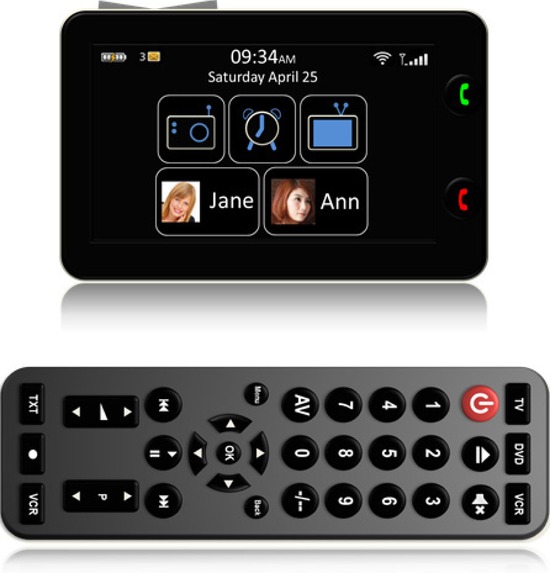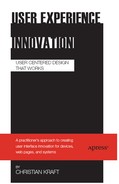Prototyping
Prototyping may sound like creating fully functional implementations of your ideas and thoughts, but in this sense it covers any method that visualizes or describes an idea.
- If you want to verify a pain point, you might as the prototype simply take a photo of a person experiencing the pain point and discuss this photo with the user. You might also have the user experience the pain point on your existing product and witness their reactions, hereby simply using your existing product as a prototype.
- If you want to verify core tasks, you might as prototype use multiple photos or illustrations in a cartoon-like manner. Or you might create a small video using your colleagues as actors.
- If you want to verify solutions, you might create simulations or simple paper prototypes.
If you feel that prototyping a specific solution is complex, then it is most likely because your solution is too complex, and you may want to look at the user experience of your solution again.
In the following sections, I will go through some easy and effective ways to create prototypes.
Photos and Illustrations
If you want to verify a certain core task or pain point, using simple photos is a very easy and effective method. In some situations you may have the need to manipulate the photo to emphasize the situation.
If you want to create a prototype of a device or a screenshot, you can use handmade sketches, simple drawing tools, or a presentation program. Figure 18-1 shows some of the prototypes that I created for this book (the total creation time was around one hour). I cannot sketch or use Photoshop well, so my preferred tool is Microsoft PowerPoint. Are these prototypes perfect? No, and they should not be, since trying to make them perfect will waste time at an early stage of the innovation process. What is important is that the prototype tells the story that you are trying to tell the users. And that is a key element when, for example, approaching users with your early user experience innovation ideas. My proposal is that you use the tools that you feel comfortable with and that allow you to create prototypes quickly. If you are good at making sketches by hand or with graphics tools, then use these methods. If you can create great prototypes with clay or LEGO bricks, feel free. The trick is not to be fixed to a single tool or set of tools. Limiting yourself will often just deter you from what you really want to achieve: telling the user about your concept, a pain point, or a feature.

Figure 18-1. Two prototypes used in this book
Cartoons and Storyboards
If you want to verify core tasks, solutions, positive surprises, or pain points, you might use small storyboards with situations that you either draw yourself or assemble using photos. These stories can be used to describe specific situations and problems, as well as potential solutions.
Flash Videos and Simulations
If you want to verify solutions that have several interaction elements or are very visual, you may want to create a short Flash video or an interactive Flash simulation. Some people can create extremely powerful Flash videos and interactive simulations in almost no time. This approach can be very useful for verifying basic concepts for your web page, device, or similar.
Videos
Creating videos using your colleagues as actors (Figure 18-2) can be a quick and easy way to create prototypes explaining pain points, core tasks, user needs, or even solutions and ideas.

Figure 18-2. Video prototyping
Paper Prototypes
Simple paper prototypes can be very effective for testing interaction flows. Paper prototypes can be very simple hand drawings, screenshots, or illustrations that you have created.
